Baharat, also known as Middle Eastern 7-Spice or Lebanese 7-Spice is a fragrant blend of spices that is commonly used in Middle Eastern, North African, and Mediterranean cuisine.
Though recipes vary from family to family and region to region, the most common 7 spices used to make this blend are coriander, allspice, cumin, cloves, black pepper, cinnamon, and nutmeg. These spices are ground together to create a fragrant, flavorful mixture that is used to season a variety of dishes, including meats, vegetables, stews and more.

Table of Contents
History
The name “baharat” is derived from the Arabic word for “spices”. The word originates from the Indian name Bharata, an Indian emperor, as India was historically a large producer of spices. The Middle East, and especially the Levant, was a gateway in the Spice Route from India to Europe.
This is why many North African and Levantine recipes have similar flavor profiles to those from South Asia and why spices and blends like Za’atar spice, Shawarma Spice blend and Sumac are so important to the cuisine.
The English naming will vary. Arabic 7-Spice, Lebanese 7-Spice, Levantine 7-Spice, Arabic Baharat, Baharat Spice Mix or just Baharat are common variations. I don’t like the usage of the word “Arabic” as this is a term that references language and not culture.
Why I love using this spice blend
The flavor profile of baharat is complex and aromatic, with a warm, slightly sweet and savory taste. The black pepper in the blend adds a spicy kick, while the allspice, cumin, and coriander provide earthy and slightly sweet notes. The cloves, nutmeg, and cinnamon add depth and warmth to the blend, creating a well-balanced and flavorful seasoning.
- It’s incredibly flavorful and versatile
- It can easily be made at home from pantry staples
- If you don’t want to mix your own, it’s generally easy to find at any Middle Eastern grocer
Ingredients
This blend is typically made up of a combination of seven different spices, although the exact blend can vary depending on the region and the specific recipe. The recipe I use is the one passed down from my grandmother, to my mother and to me.

Ingredient notes and substitutions
If you can’t make your own blend or don’t have access to a Middle Eastern grocer, don’t worry. You can easily replicate the blend using staple spices from your own pantry. Substitute a scant teaspoon each of ground coriander, cumin, and cinnamon for the 7-spice blend if you don’t have it.
How to make 7-Spice blend
There are two ways to make this blend yourself.
Option 1 – Mixing pre-ground spices
In a small bowl, combine all the ground spices together and mix well. Transfer the spice blend to an airtight spice jar and store it in your pantry.
Option 2 – Toasting, grinding and blending
This method is slightly more involved. It starts with toasting the whole spices (except for the nutmeg). Whole nutmeg doesn’t need to be toasted.

After toasting in a dry pan, the spices are then ground using a mortar and pestle or a spice mill. I like to sieve the final product and discard any larger pieces. Alternatively you can re-grind those larger bits and mix well.
Unless you really want to, Option 1 is probably your best bet.
Where to buy
If you live close to a Middle Eastern grocer or have access to this 7-Spice blend, there’s really no need for you to be toasting, grinding and mixing your own. I have found the best spice blends can be found at Middle Eastern grocers, sold by weight. You simply ask for how much you need. A little goes a long way. Unless you use this spice blend daily, you probably only need to buy a couple of ounces (100g) to start.
Storage
Like any other spice or blend, Baharat Spice Mix should be stored in an airtight container like a spice jar or mason jar in a cool and dark pantry or cupboard. The spice blend will remain fragrant for 6-12 months.
If you’re worried that your spice blend has gone stale, give it a smell. It should be fragrant, earthy and sweet.

How to use 7-Spice
Baharat Spice Mix is commonly used to flavor lamb, za’atar chicken, Musakhan (sumac chicken), Maqluba (upside down chicken and rice), and beef dishes, and it is often used in the preparation of Beef kofta kebabs (as well as Chicken Kafta and Arayes), stews like Moghrabieh, and other slow-cooked dishes.
It is also a popular seasoning for grilled vegetables and can be used to add depth and flavor to soups, sauces, and marinades. It is also used to flavor the filling for beef sambousek and spinach fatayer.
A Note on Japanese 7-Spice
The 7-Spice name for this blend can be confused with Japanese Shichimi togarashi (Japanese seven spice), a mixture of 7 “spices” including red chili flakes, sansho pepper, sesame seeds, nori, shiso, dried orange peel or other citrus powder and poppy seeds.
The flavor profiles are incredibly different, so when shopping for Levantine or Middle Eastern 7-Spice, make sure to check the ingredient list.

Recipe FAQs
A fragrant spice blend that is commonly used in Middle Eastern, North African, and Mediterranean cuisine containing coriander, allspice, cumin, cloves, black pepper, cinnamon, and nutmeg.
Baharat is the Arabic name for the Middle Eastern 7-Spice blend which includes coriander, allspice, cumin, cloves, black pepper, cinnamon, and nutmeg.
Substitute one tablespoon of baharat with a scant teaspoon each of ground coriander, cumin, and cinnamon.
More Spice and Herb blends
If you make this recipe for 7-Spice Mix, please take a moment to rate the recipe ⭐⭐⭐⭐⭐ and leave a comment below. It’s such a help to others who want to try the recipe.
For more Urban Farm and Kitchen, follow along on Instagram, Facebook, and Pinterest, visit the Urban Farm Shop, or subscribe for new posts via email.
7-Spice Mix (Baharat)
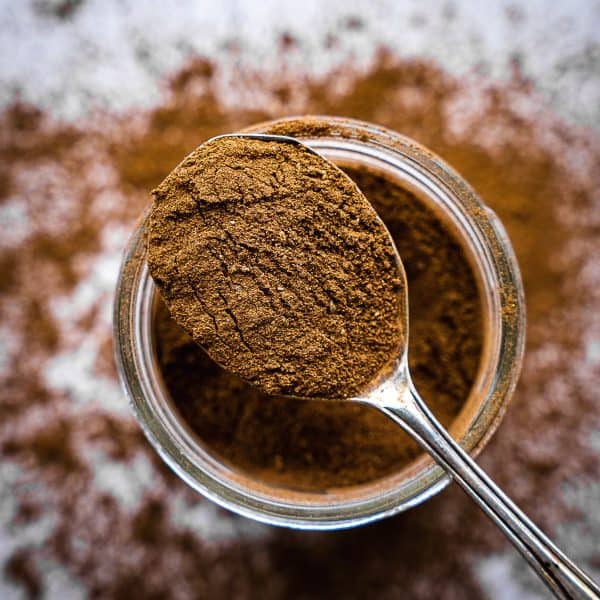
Ingredients
- 1 tbsp Ground Coriander
- 1 tbsp Ground Allspice
- 1 tbsp Ground Cumin
- 1 tbsp Ground Cloves
- 1 tbsp Ground Black pepper
- 1 tbsp Ground Cinnamon
- 1 tbsp Ground Nutmeg
Instructions
- Mix. In a small bowl, combine 1 tbsp Ground Coriander, 1 tbsp Ground Allspice, 1 tbsp Ground Cumin, 1 tbsp Ground Cloves, 1 tbsp Ground Black pepper, 1 tbsp Ground Cinnamon and 1 tbsp Ground Nutmeg and mix well. Transfer the spice blend to an airtight spice jar and store it in your pantry.
Notes
Nutrition
Nutrition information is automatically calculated, so should only be used as an approximation.
 Like this recipe? Rate & comment below!
Like this recipe? Rate & comment below!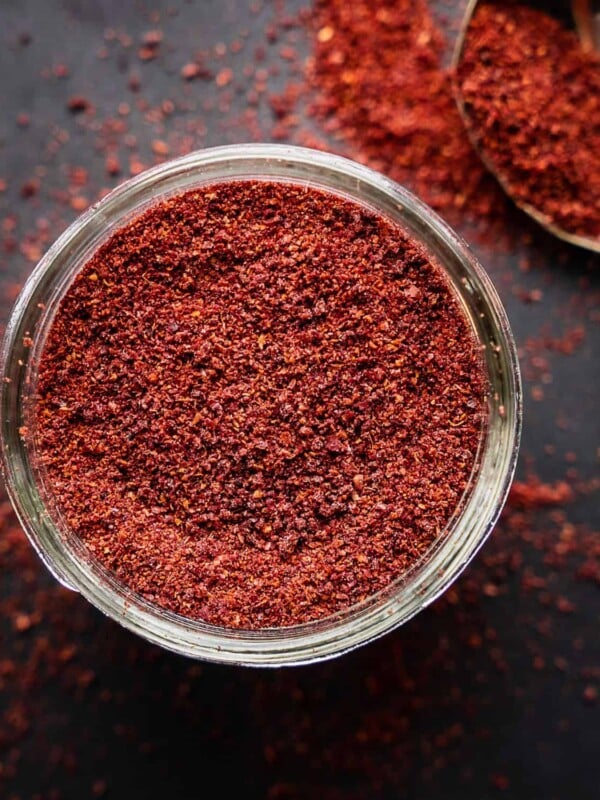


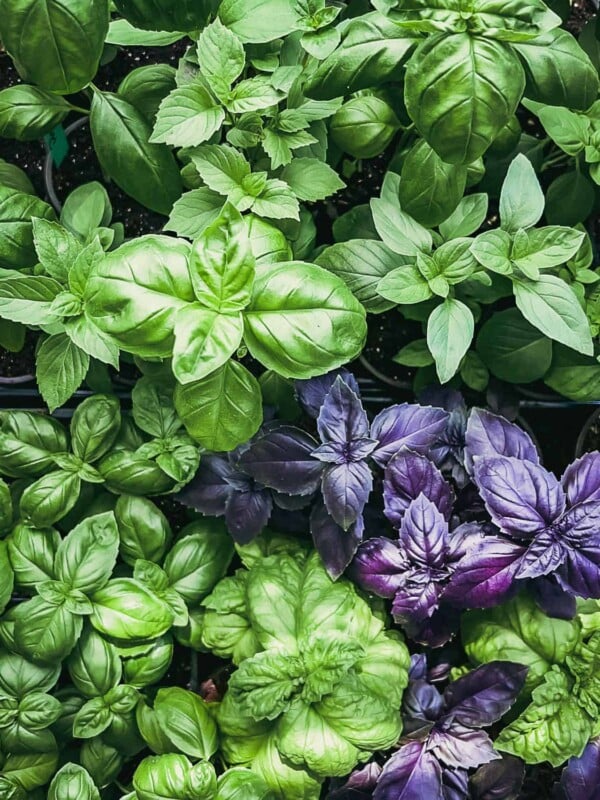
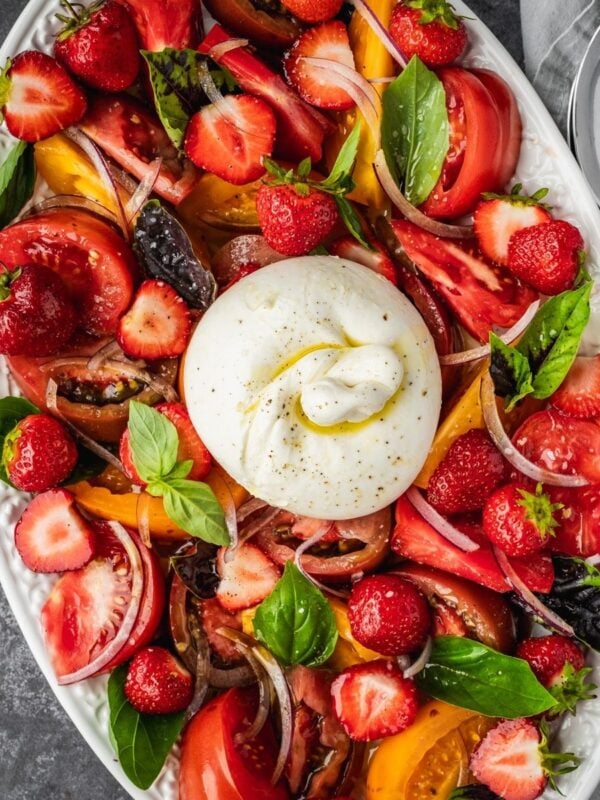
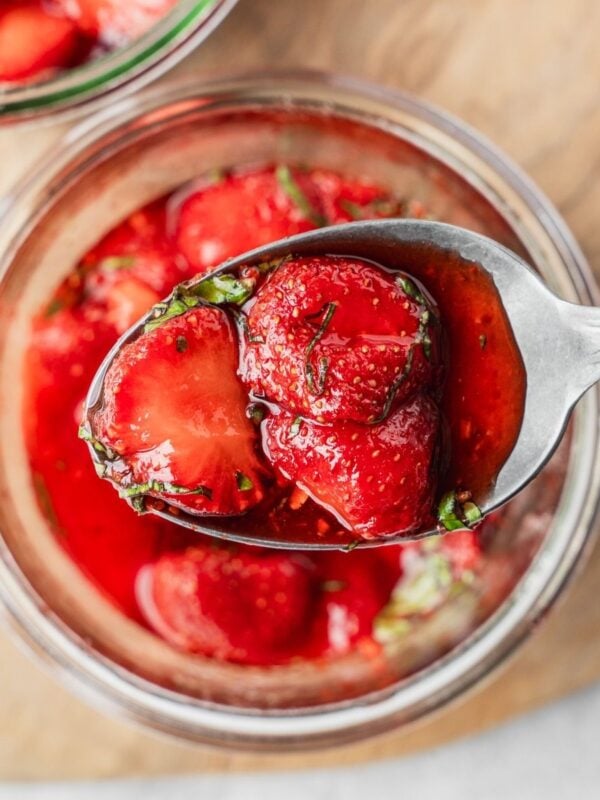
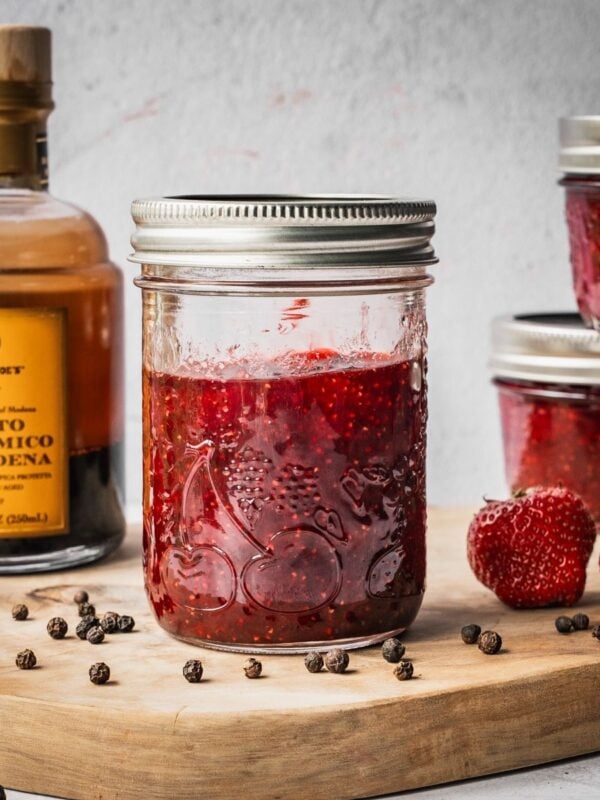
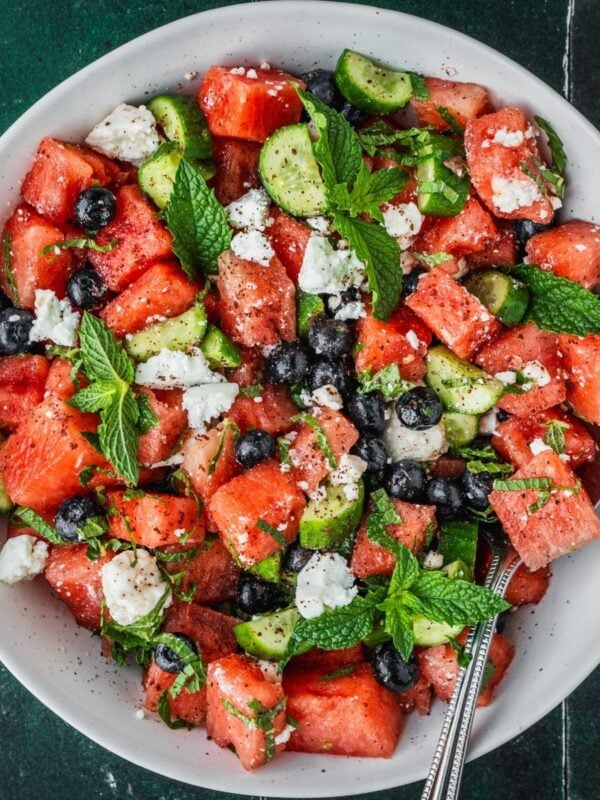








The recipe calls for “1 tablespoon coriander – ground” through “1 tablespoon nutmeg, ground.” Are the spices measured before or after grinding? Thanks.
Good question. I’m going to clarify the recipe ingredients but essentially you are measuring the ground spice.